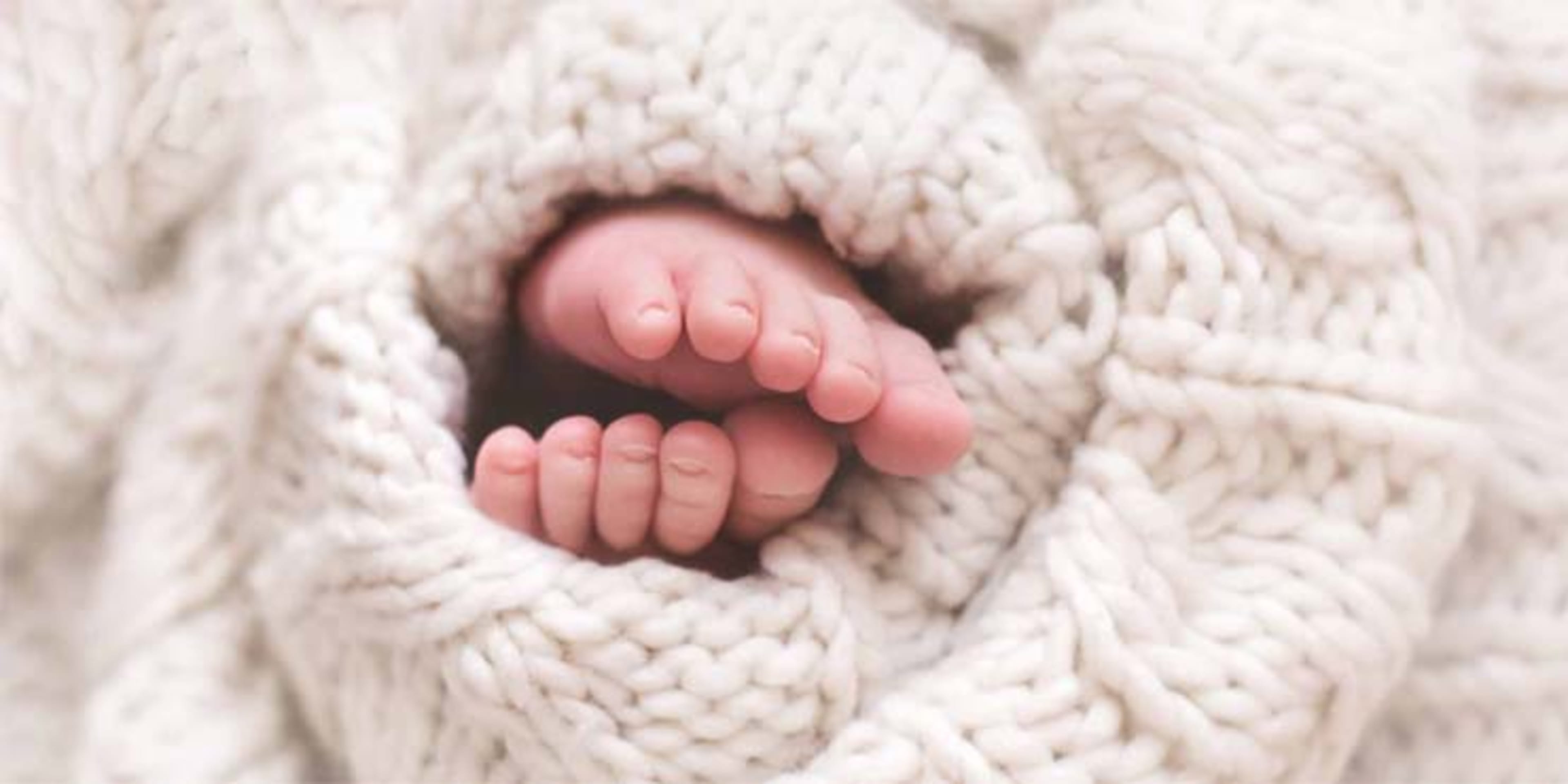
2024

Best Newborn Photographers
Find a Top-Ranked Newborn Photographer Near You
We did the research for you!
- Licensing
- User Reviews
- Mystery Shopping Calls
Learn about our selection process.
Top Newborn Photographers
= Featured Provider
New York, NY
Michelle Behr Photography
4 Jill Court, Greenlawn, NY 11740Expertise.com Concierge Service
New York, NYLuciana Golcman Photography
440 E 20th St, New York, NY 10009
Los Angeles, CA
Ramina Magid Photography
1010 S Robertson Blvd, Los Angeles, CA 90035Rhys McArthur Photography
Lake Balboa, CA 91406Ariel Cannon Photography
4516 Palmero Drive, Los Angeles, CA 90065
Chicago, IL
Scarlett Photography LLC
4018 Joliet Ave, Lyons, IL 60534Rife Ponce Photography
Chicago, IL 60640Michele Taylor Photography
1641 W Irving Park Rd, Chicago, IL 60613
Brooklyn, NY
Picture Perfect NY
Brooklyn, NY 11214Andria Lancaster Photography
1506 prospect place, # 2, Brooklyn, NY 11213Abby Cope Photography
Brooklyn, NY 11211
Houston, TX
Grace and Giggles Photography
1330 Yale Street, Houston, TX 77008Lifetime of Clicks Photography
24530 Kingsland Boulevard, Katy, TX 77494Shannon Reece Jones Photography
Houston, TX 77008
Phoenix, AZ
EJB Photography
11011 S 48th St. Ste 210 A, Phoenix, AZExpertise.com Concierge Service
Phoenix, AZAleksandra Whiting Motherhood Photography
4214 E Indian School Rd, Suite 210, Phoenix, AZ 85018
Philadelphia, PA
Jackie Kelley Photography
King Of Prussia, PA 19406Daniella Bella Photography
West Chester, PA 19380Eszter Toth Photography
Philadelphia, PA
San Antonio, TX
Sarah Lake Photography
San Antonio, TX 78261Expertise.com Concierge Service
San Antonio, TXSo Blessed Photography
San Antonio, TX 78260
San Diego, CA
Christy Wallis Photography
San Diego, CA 92127Photography By L Rose
3333 Midway Drive Unit 101, San Diego, CA 92110ABL Photography
San Diego, CA 92129
Dallas, TX
Dream Focus Studio
14465 Webb Chapel Road #207, Farmers Branch, TX 75234Kimberly Gerfin Photography
2809 Carterton Way, Flower Mound, TX 75022Dani Adams Barry Photography
107 Murray St., Dallas, TX 75226
Top Newborn Photographers in other locations
- Newborn Photographers in Baltimore, MD
- Newborn Photographers in Milwaukee, WI
- Newborn Photographers in Boston, MA
- Newborn Photographers in Denver, CO
- Newborn Photographers in Seattle, WA
- Newborn Photographers in Nashville, TN
- Newborn Photographers in Washington DC
- Newborn Photographers in Las Vegas, NV
- Newborn Photographers in Portland, OR
- Newborn Photographers in Oklahoma City, OK


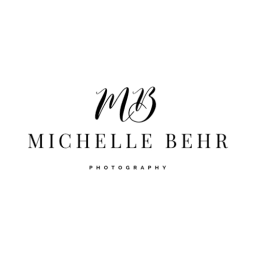

.jpg)

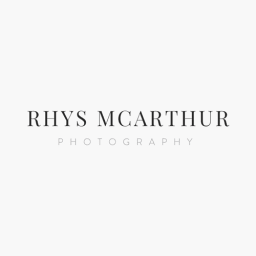

.jpg)
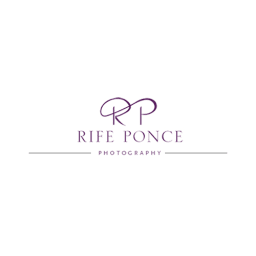
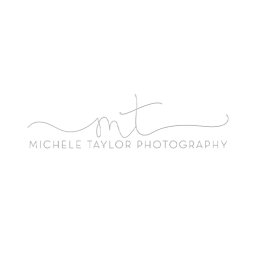


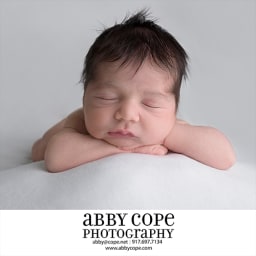



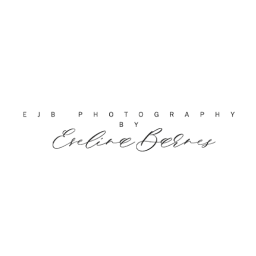
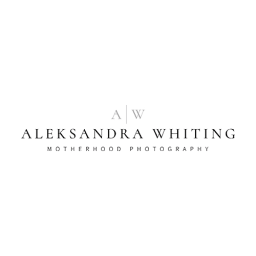

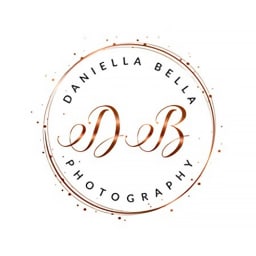



.jpg)
.jpg)
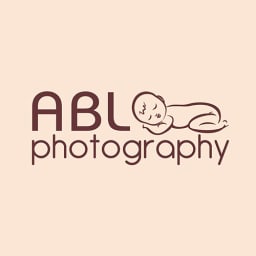
.jpg)

.jpg)